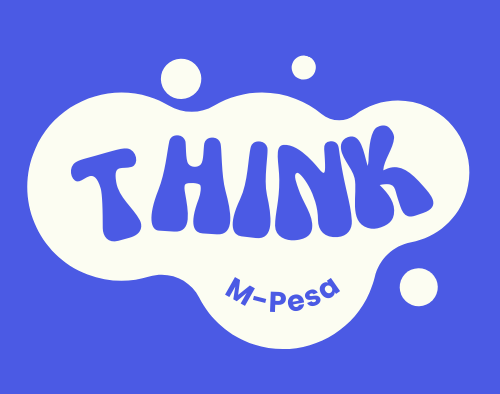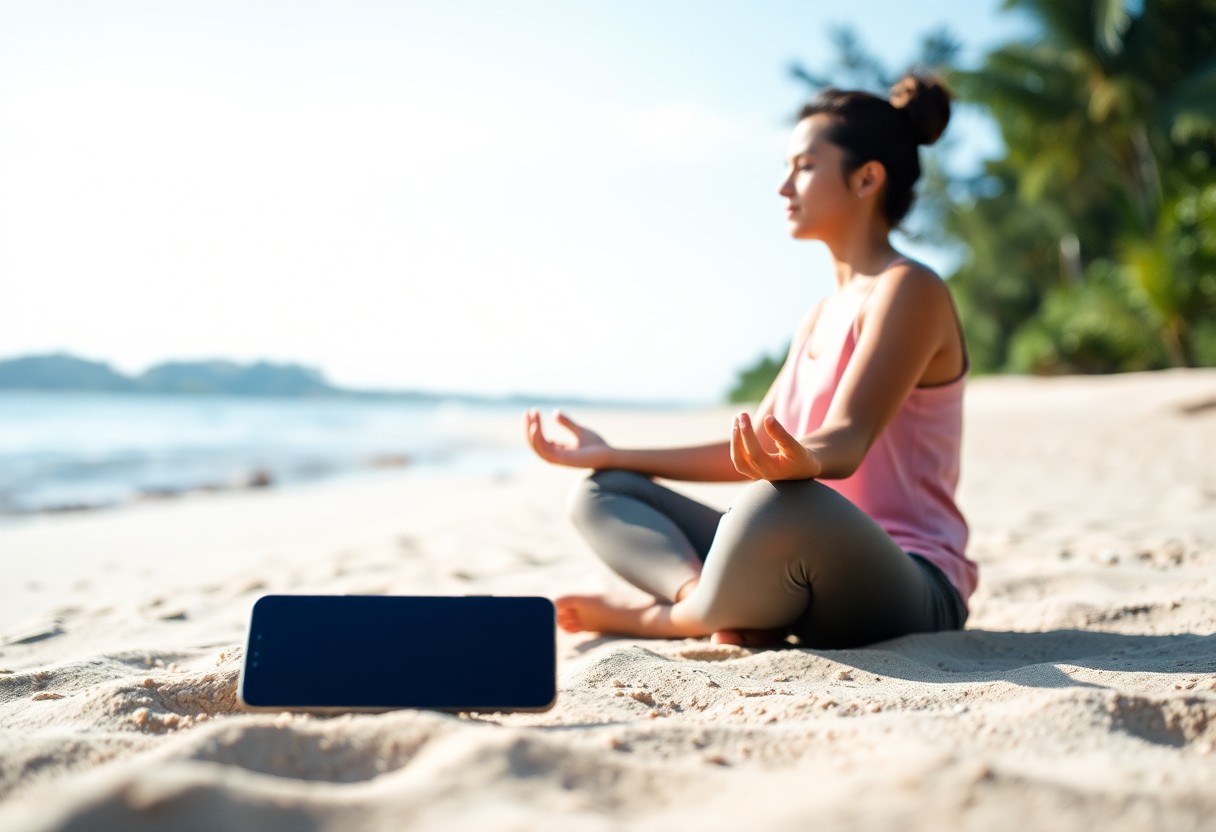Wellness begins with understanding the effects of constant digital engagement on your mental health and overall well-being. A digital detox allows you to step away from screens, helping to reduce anxiety, enhance productivity, and improve your relationships. By periodically disconnecting, you create space for self-reflection and mindfulness, allowing your brain to reset. In this post, we will explore the significance of a digital detox and provide practical steps to help you achieve a healthier balance between your online and offline life.
Understanding Digital Detox
While your digital devices can enrich your life, constant connectivity can lead to overwhelming stress and distraction. A digital detox allows you to take a step back, reevaluate your relationship with technology, and focus on what truly matters in your daily life. By disconnecting, you create space for personal growth and improved well-being.
Definition of Digital Detox
Between the endless notifications, emails, and social media interactions, a digital detox refers to a period where you intentionally refrain from using electronic devices to regain control over your time and attention.
Benefits of Taking a Break
For many, stepping away from screens can lead to enhanced mental clarity and reduced anxiety. By giving yourself a break, you allow opportunities for deeper connections with family and friends, fostering emotional well-being.
Digital detoxing can significantly impact your overall quality of life. Taking regular breaks helps to prevent burnout and enhances your focus on tasks that truly matter. You may also find that your creativity flourishes in moments of solitude, leading to new ideas and perspectives. Furthermore, unplugging helps improve your sleeping patterns by reducing exposure to blue light, which in turn boosts your mood and productivity. Embracing a digital detox is a powerful way for you to cultivate a healthier lifestyle.
Signs You Need a Digital Detox
Some indicators that you might benefit from a digital detox include feeling constantly distracted, experiencing anxiety when away from your devices, or noticing a decline in your productivity. If you find yourself scrolling aimlessly through social media or checking your notifications regularly, it may be time to reassess your relationship with technology and take a step back.
Recognizing Overuse
Above all, it’s necessary to pay attention to the time you spend on screens. If you often lose track of hours on your devices or feel compelled to check them frequently, this could signify that you are overusing technology and might need a break.
Mental and Physical Symptoms
For many, the signs of digital overuse manifest not only mentally but also physically. You may experience a heightened sense of anxiety, difficulty concentrating, or even agitation without your devices. Symptoms can also include eye strain, headaches, and insomnia, all of which can stem from extended screen time and disrupted sleep patterns. Your body deserves a break from the constant stimulation technology provides.
Due to the overwhelming presence of technology in your everyday life, your mental and physical health can significantly suffer. Experiencing increased levels of stress and irritability is common, often because of the pressure to remain connected. Additionally, you may find it increasingly challenging to focus on tasks or engage in meaningful conversations, which can harm your overall wellbeing. Taking time away from your devices can help restore a sense of balance and clarity in your life.
Strategies for Effective Digital Detox
One effective approach to a digital detox involves implementing specific strategies tailored to your lifestyle. By setting tangible goals and creating an environment that promotes minimal digital engagement, you can successfully reduce your screen time. Consider using tools like apps that track your usage, or designate time blocks for tech-free activities. These strategies help cultivate mindfulness and enhance your overall well-being.
Setting Boundaries
Setting clear boundaries regarding your digital consumption is necessary for a successful detox. Identify specific limits on when and how often you’ll use your devices, whether it’s allocating certain hours strictly for rest or work. Communicating these boundaries with others ensures they respect your commitment, allowing you to focus on finding a healthier balance.
Designating Tech-Free Zones
An effective method to promote a digital detox is by designating tech-free zones in your home or workspace. These are specific areas where you consciously choose not to use any electronic devices.
Further, establishing tech-free zones, such as your bedroom or dining area, can significantly enhance your mental clarity and improve relationships with those around you. These spaces foster connection by creating opportunities for face-to-face interactions and quiet reflection without distractions. By limiting your screen time in these areas, you allow yourself a dedicated sanctuary for relaxation and rejuvenation, ultimately contributing to a more balanced and fulfilling lifestyle.
Incorporating Mindfulness Practices
Not only can incorporating mindfulness practices enhance your digital detox, but it can also lead to improved focus and emotional well-being. By integrating techniques such as meditation, journaling, and reflection into your daily routine, you can create a more balanced relationship with technology and foster deeper connections with yourself and others.
Meditation and Focus
Mindfulness involves the practice of being present and fully engaged in the moment. By dedicating just a few minutes each day to meditation, you will discover greater clarity and stronger focus. These moments of stillness can significantly reduce anxiety and help disconnect from the overwhelming digital world, allowing you to recharge and regain your sense of self.
Journaling and Reflection
About journaling, you will find it to be a transformative process that encourages self-exploration and growth. By recording your thoughts and feelings, you can identify patterns in your digital consumption and reflect on what truly matters in your life. This practice not only enhances your self-awareness but also helps cultivate a healthy relationship with technology.
Meditation allows you to clear your mind and gain insights into your emotional landscape. Journaling provides an opportunity to articulate your experiences and feelings, helping you process your relationship with technology. Engaging in both practices can lead to stronger self-awareness and a lasting commitment to your digital detox journey, ultimately promoting a healthier lifestyle centered on mindfulness.
Alternatives to Screen Time
Unlike the endless cycle of scrolling through social media, there are countless fulfilling alternatives to screen time. By engaging in various non-digital activities, you can enrich your life and enhance your well-being. From exploring creative hobbies to spending time outdoors, stepping away from screens opens up opportunities for personal growth and deeper connections with the world around you.
Engaging in Hobbies
Below are numerous hobbies that can ignite your passion and creativity. Whether it’s painting, gardening, or crafting, immersing yourself in a hobby not only provides a much-needed break from screens but also builds new skills. These activities allow you to express yourself, reduce stress, and enjoy the satisfaction of creating something unique.
Spending Time in Nature
To fully appreciate life beyond the digital realm, consider spending quality time in nature. Disconnecting from screens and immersing yourself in natural surroundings can rejuvenate your mind and body. Activities such as hiking, biking, or simply taking a walk in a local park provide you with fresh air and invigorating experiences that promote mental clarity and emotional healing.
With the rise of technology, it’s easy to forget the profound benefits of connecting with nature. Spending time outdoors can enhance your mood, foster mindfulness, and boost your physical health. Engaging in outdoor activities helps you to reduce stress and improve your overall sense of well-being. Nature acts as a powerful antidote to the chaos of modern life, allowing you to reconnect with what truly matters. Whether it’s a day trip to the mountains or a leisurely stroll around your neighborhood, embracing the natural world heightens your consciousness and enriches your life experiences.
How to Maintain a Digital Balance
Keep your digital consumption in check by establishing specific time limits for your online activities. Schedule regular breaks and set aside time for offline hobbies to create a positive balance in your life. Engaging in physical activities and fostering real-life connections will also help you minimize excessive screen time and enhance your overall well-being.
Establishing Healthy Habits
Across various areas of your life, fostering healthy digital habits can significantly enhance your focus and productivity. By developing a routine that includes tech-free moments and prioritizing face-to-face interactions, you’ll find a more satisfying balance between your online and offline worlds.
Tools and Apps to Help
Healthy technology use can be aided by various tools and apps designed to track your screen time and manage your digital habits. These resources empower you to stay aware of your usage patterns and encourage you to set limits that support a healthier relationship with your devices.
Understanding the importance of moderation in technology use, you can utilize apps like Forest or Screen Time to track and limit your digital usage effectively. Such tools offer features that allow you to set daily usage limits, reminding you to take breaks and engage in offline activities. Furthermore, some applications even reward your commitment to disconnecting with fun challenges or incentives, making the process enjoyable while also fostering a more balanced approach to your digital life.




